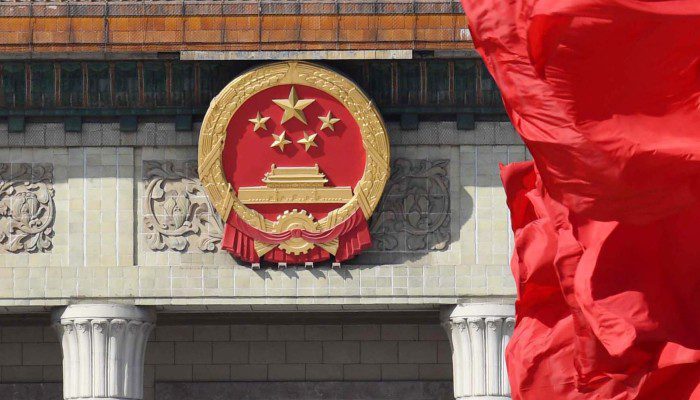How do Chinese Accounting Standards differ from international practice?
Introduction
China’s transformation from a planned economy into a market economy has led to an increase in foreign direct investment (FDI), development of a vibrant securities market (in Shanghai and Shenzhen), economic integration of the Special Administrative Regions, and in recent years, an increase in both outbound and inbound Mergers and Acquisitions activity.
Have a look at Mergers and Acquisitions in China: An Introduction
These developments have created a pressing need to reform the old accounting standards into a modern system that takes into account a wider range of stakeholders. The accounting standards and the laws and regulations related to accounting have thus regularly been changed in an effort to converge toward international standards; foreign investors must take notice of the rapidly changing regulatory environment to ensure compliance and optimize their tax strategy.
Read more: Optimize Your Accounting Practices in China
Despite substantial convergence between Chinese Accounting Standards (CAS) and the International Financial Reporting Standards (IFRS), practical implementation and interpretation differences remain. Recently, however, the PRC accounting framework has adopted a more principles-based trend that is in line with international standards.
Historical Overview
During the first decades of the People’s Republic, China implemented a Soviet-style fund accounting. All economic activity was controlled by the state and the only business entity was the State-Owned Enterprise (SOEs). The main goal of this accounting standard was to assess the State-Owned Assets (SOAs) and ensure that productivity targets were met. It was a balance sheet approach to accounting; income statements/cash-flow statements were non-existent since the goal was not to make an economic profit.
With the economic reforms that began in 1979, China’s government created a law that permitted a Joint Venture (JV). Simultaneously, a separate accounting regulation for JVs was issued. During the 90s with the further expansion of the market economy, CAS went through several changes. First, the PRC GAAP (the People’s Republic of China Generally Accepted Accounting Standards) was realized. In 2001, this gave way to the Accounting Standards for Business Enterprises (ASBE01), which contains one basic standard and 16 specific standards. ASBE01 was restructured in 2006 (ASBE06). ASBE06 is very much in line with IFRS, it allows for impairment testing, fair-value accounting, and flexibility in defining accounting terms. All publicly-traded companies in PRC are required to adapt to ASBE06, and the goal is for ASBE06 to phase out ASBE01 and converge into IFRS. But, today, the vast majority of private firms use ASBE01
CAS: what are the main differences?
The main characteristics that make CAS different from International Accounting Standards (IAS) are:
- Issuance and monitoring of the accounting are under the Ministry of Finance (MoF).
- Accounts are set more on function, while IFRS emphasizes more on the nature of the account.
- Double-entry is solely done in RMB, and transactions in foreign currency are converted to RMB using the official rate.
- The historical cost method is more widely used, particularly for private firms since it is difficult to obtain fair-value information
- The fiscal year in accounts must begin on 1st January.
- Additional disclosure requirements of the identity of business partners; indirect cash-flow statements; comments on the fairness of transactions.
Although CAS is very stringent, China lacks the same level of checks and balances as in the western economies so there is weaker enforcement of accounting regulations. Managers of Foreign Invested Enterprises (FIE’s) often maintain three different accounts:
- One that exaggerates sales and profits, to display to the parent company / foreign investor.
- One that minimizes performance, to display to the tax authorities.
- One accurate account for the managers themselves.
One commonly used “trick” is to boost sales numbers without appropriate provisions for bad debt. This is particularly problematic since defaults on payments are very high in the PRC compared to most other countries. The underlying problem is often ill-designed bonus-schemes that give a higher salary to the management if they reach certain targets but do not take into account increases in A/R (receivables).
Other externalities, such as poor logistics, constraints on FOREX, unreliable suppliers can lead managers to store excessive inventory. Thus causing increases in working capital, financing, insurance, and storage costs. Too often, this is not depicted in the financial statements.
What do foreign investors need to know?
The main challenges for the foreign investor in dealing with CAS include:
- The correct interpretation of the Chinese accounts.
- Proper methodology in consolidating the Chinese accounts with the parent company.
S.J. Grand recommends that foreign investors consider:
- Operational risks and how they affect the accounts
- Strategies for minimizing working capital
- Implementation of formal rules for translating Chinese accounts
- Sensible incentive/compensation policies
- Reliable internal audit (at least twice per year) and financial control systems
(This article was published on January 18, 2019, and was updated on December 22, 2020. For more updates, check out Chinese Accounting Standards: Key Changes.)
Contact us
S.J. Grand’s tax and accountancy services provide advisory on China’s tax and business regulatory environment as well as assist in annual closing for foreign individual workers and enterprises in China. Contact us to get you started.
If you are interested to know more about how Kwikdroid works, contact us, or go to our Kwikdroid page to check the prices and packages we offer, no matter the size or type of company.







